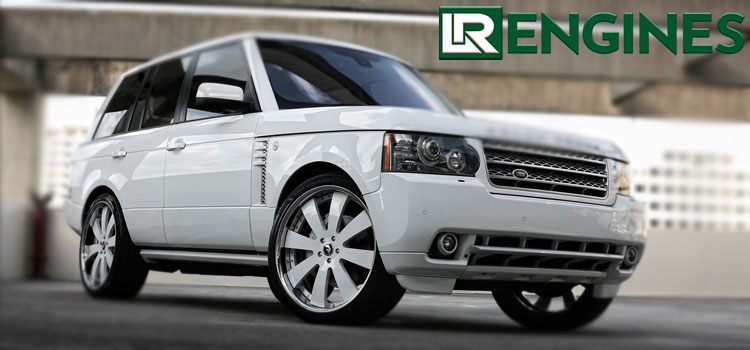The Process of Range Rover 2.0 Engine Replacement

Introduction
Replacing the engine of a Range Rover 2.0 is a complex undertaking that demands meticulous attention to detail and a comprehensive understanding of the vehicle’s mechanics. Whether due to wear and tear or unforeseen damage, engine replacement is often a necessary solution to ensure the optimal performance and longevity of your Range Rover. We will demystify the process of Range Rover 2.0 engine replacement, offering insights into the various steps involved and considerations to keep in mind throughout the procedure.
Understanding the Need for Engine Replacement
Before delving into the intricacies of engine replacement, it’s crucial to recognize the signs that indicate the need for such a significant intervention. Common indicators include persistent engine misfires, excessive smoke emissions, sudden loss of power, and unusual noises emanating from the engine compartment. Additionally, if diagnostic tests reveal irreparable damage or severe internal component failure, opting for engine replacement becomes imperative to maintain the vehicle’s functionality and performance.
Assessment and Diagnosis
The first step in the engine replacement process involves a comprehensive assessment and diagnosis of the existing engine. Qualified technicians utilize advanced diagnostic tools to conduct thorough inspections, identifying the root cause of the engine’s malfunction or failure. This stage is crucial for determining whether engine replacement is indeed the most viable solution or if alternative repair options exist.
Sourcing the Replacement Engine
Once the decision to replace the engine has been made, the next challenge is sourcing a suitable replacement unit. Genuine OEM (Original Equipment Manufacturer) engines are often preferred due to their compatibility and reliability. However, remanufactured or rebuilt engines may also be considered, provided they meet the required quality standards and specifications. It’s essential to procure the replacement engine from reputable suppliers to ensure optimal performance and longevity.
Preparation and Disassembly
Prior to commencing the engine replacement process, meticulous preparation is essential to streamline the workflow and minimize downtime. This involves disconnecting the battery, draining fluids, and removing peripheral components such as the radiator, exhaust system, and ancillary belts. Disassembly of the existing engine requires precision and care to prevent damage to surrounding components and facilitate seamless removal.
Engine Removal
With the vehicle prepared and the existing engine disassembled, the next phase entails the removal of the old engine from the engine bay. This step demands precision and coordination to safely extract the engine without causing damage to the vehicle’s chassis or surrounding components. Specialized lifting equipment and engine hoists are often employed to facilitate the extraction process, ensuring smooth and efficient removal.
Installation of Replacement Engine
Once the old engine has been successfully removed, attention turns to the installation of the replacement unit. Prior to installation, the replacement engine undergoes thorough inspection and preparatory measures to ensure optimal functionality and compatibility. Careful alignment and positioning are crucial during the installation process, with particular emphasis on securing engine mounts, transmission connections, and peripheral components. Best information about range rover visit us here at https://www.lrengines.co.uk/ .
Testing and Calibration
Following the installation of the replacement engine, comprehensive testing and calibration procedures are conducted to verify its performance and functionality. This involves connecting diagnostic tools and software to assess various engine parameters, including fuel delivery, ignition timing, and emission levels. Additionally, test drives may be conducted to evaluate the engine’s responsiveness, power delivery, and overall drivability.
Conclusion
In conclusion, the process of Range Rover 2.0 engine replacement is a multifaceted endeavor that demands precision, expertise, and meticulous attention to detail. From initial assessment and diagnosis to sourcing replacement engines and conducting comprehensive testing, each stage of the process plays a critical role in ensuring the optimal performance and longevity of the vehicle. By understanding the intricacies involved and adhering to established best practices, vehicle owners can navigate the engine replacement process with confidence and peace of mind, knowing that their Range Rover is in capable hands.


